The 1-1 draw at the Emirates Stadium was about more than Erling Haaland’s opener or Martinelli’s last-minute equalizer. It was also a showcase of Gianluigi Donnarumma’s brilliance, as the Italian goalkeeper increasingly becomes Manchester City’s new backbone and a symbol of Pep Guardiola’s evolving tactical philosophy.
Manchester City left the Emirates with a single point, yet the performance underlined a transformation that many had questioned ahead of the match: Gianluigi Donnarumma is fast becoming Pep Guardiola’s new anchor between the posts. While Haaland opened the scoring and Martinelli’s goal in stoppage time rescued Arsenal a point, it was Donnarumma who stood out, pulling off decisive saves and demonstrating that he is far more than a conventional signing. He represents a new tactical shift, offering security in high balls and reflex saves in the box—skills that even Ederson or other ball-playing goalkeepers in Guardiola’s tenure struggled to execute at the same level.
The decision to sign Donnarumma for £26 million initially raised eyebrows, as many pundits assumed Guardiola would prioritize a goalkeeper adept with the ball at his feet, like Ederson or Bravo. However, Donnarumma’s display at the Emirates proved that this move was far from reckless. Statistics paint a compelling picture: three precise punches, four clearances, two key saves inside the box, and 36 touches, albeit with a 50% passing accuracy. The lower passing rate is not a weakness but a reflection of Manchester City’s tactical evolution. The club has shifted from a strict possession-based system to a more direct approach, favoring long balls and prioritizing defensive solidity in the penalty area.
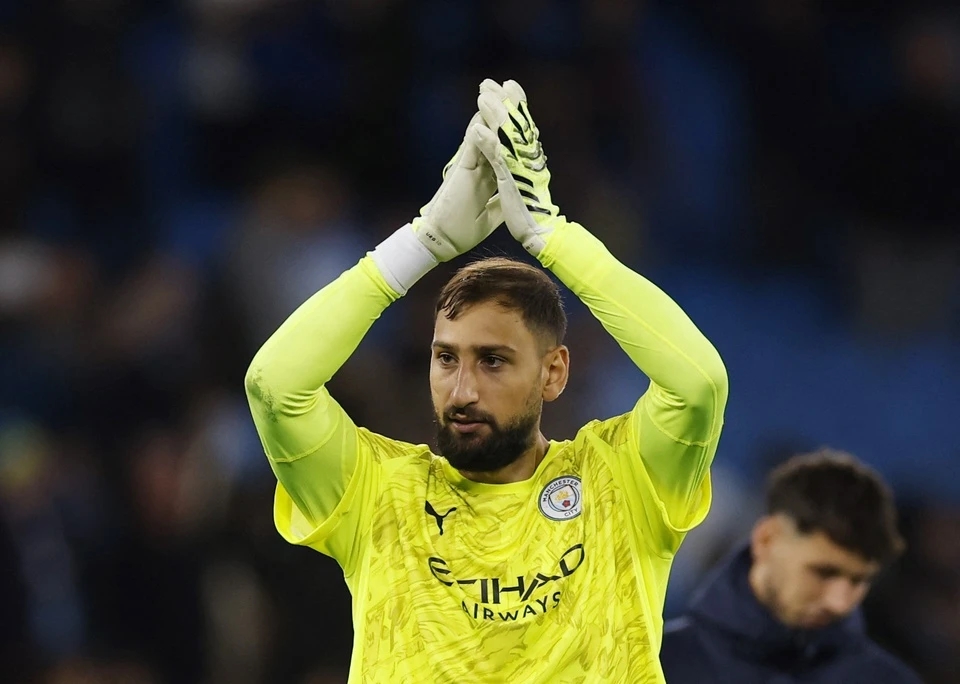
Arsenal has long been among the Premier League’s most dangerous teams on set pieces. Last season, the Gunners scored 16 goals from corners and free-kicks, ranking them in the top three across the division. Yet, with Donnarumma in goal, nearly all of Arsenal’s aerial threats were neutralized. His decisive punches and authoritative presence inside the six-yard box quelled the Gunners’ pressure. The late equalizer in the 90+3rd minute came as a result of a defensive misstep rather than an individual failing. In a tense moment, Donnarumma was forced into a split-second decision, leaving him in an almost impossible position—one that could not have been anticipated or fully prevented.
Donnarumma’s emergence symbolizes a broader evolution in Guardiola’s Manchester City. The team no longer strictly adheres to a possession-obsessed philosophy. Instead, they demonstrate tactical pragmatism, defending deeper, exploiting counterattacks, and utilizing long balls more frequently. Their possession rate of 32.8% in the recent match is the lowest Guardiola has recorded domestically in his managerial career—a remarkable shift for a team long associated with controlling matches through the ball.
Gary Neville, the former Manchester United defender and current pundit, praised Donnarumma highly, labeling him a “monster in goal” and emphasizing his superiority over Arsenal’s David Raya. Neville highlighted Donnarumma’s combination of physical attributes and instinctive reflexes, noting his impeccable control of the penalty area and decisiveness in critical moments. Donnarumma’s presence instills confidence in Manchester City’s defensive unit, particularly when facing high crosses or dangerous attacks—a vulnerability the club has struggled with for years.
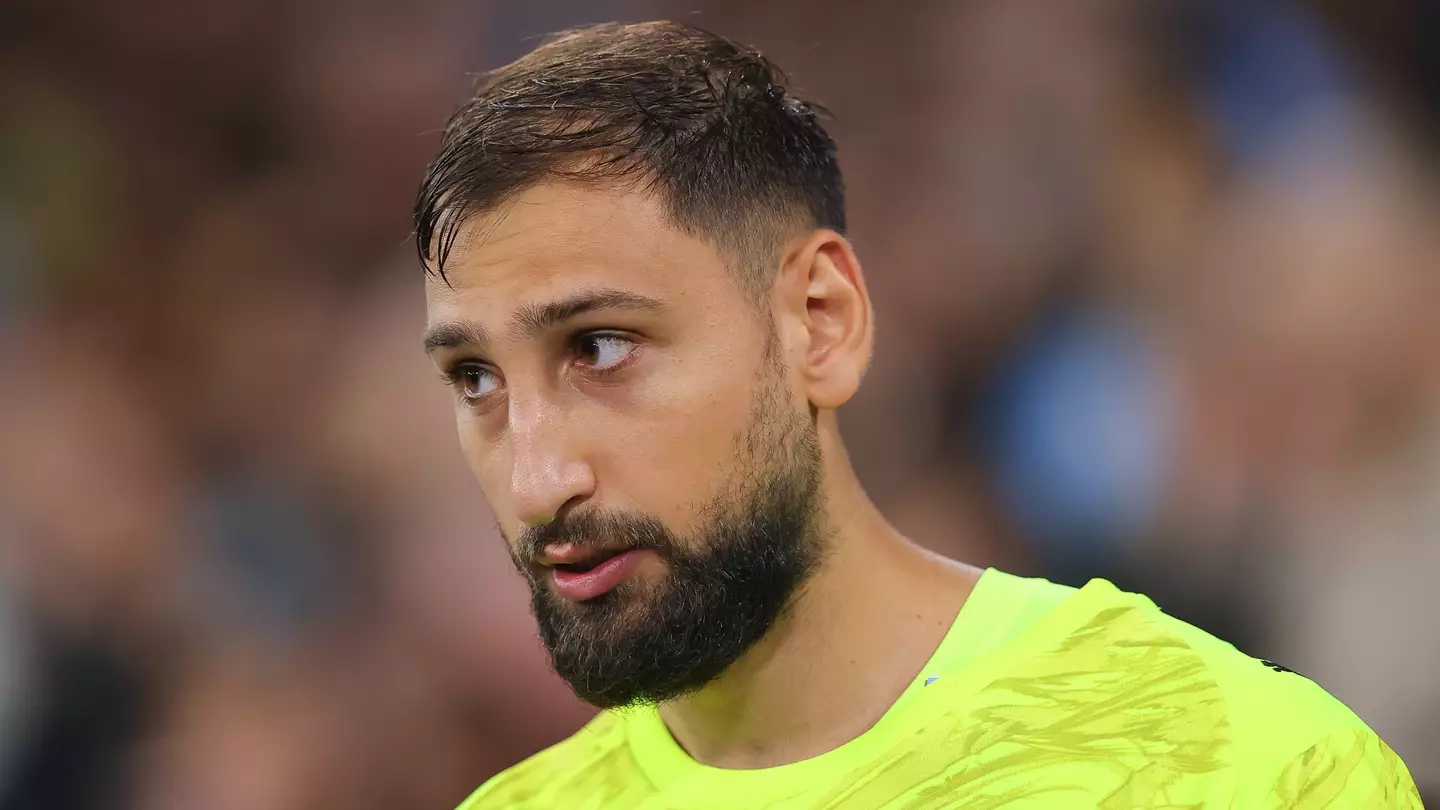
Even though Manchester City did not leave the Emirates with a win, they gained something arguably more crucial: a new pillar in their squad. Donnarumma offers more than just individual quality; he is a symbol of a team in the process of redefining itself. Guardiola’s message is clear: effectiveness and security now take precedence over aesthetic dominance. The club is willing to adopt pragmatism, a stronger defensive mindset, and calculated risk-taking, and Donnarumma is at the center of this new blueprint.
The 1-1 draw also raises interesting questions about how Manchester City will approach high-profile matches moving forward. Traditionally, Guardiola’s philosophy emphasized dominance through possession, often leaving the team vulnerable to counterattacks. Now, with Donnarumma as a dependable last line, the team can afford to play with more tactical flexibility. They can allow opponents more of the ball in certain areas, confident that Donnarumma’s command of the penalty area will compensate for occasional defensive lapses.
Haaland’s opener in the first half reflected City’s enduring attacking threat, even as the team adapts its overall approach. The Norwegian striker remains central to City’s offensive machinery, providing a constant outlet for long passes, quick counters, and positional rotations. Yet, the spotlight increasingly falls on Donnarumma, whose ability to command the box and make instinctive saves has transformed City’s defensive identity. His performances also provide Guardiola with new strategic options: City can now adopt a hybrid system that blends counterattacking speed with set-piece resilience, a combination previously less feasible without a goalkeeper of Donnarumma’s caliber.
The match against Arsenal serves as a case study in how one player can redefine a team’s tactical framework. Beyond raw statistics, Donnarumma exudes a presence that impacts the decision-making of defenders and midfielders alike. His confidence allows City’s defensive line to maintain composure in tight situations, knowing their goalkeeper is a reliable safeguard. This psychological impact, though subtle, is critical in high-pressure games, particularly against top-tier Premier League opponents who are adept at exploiting defensive hesitancies.
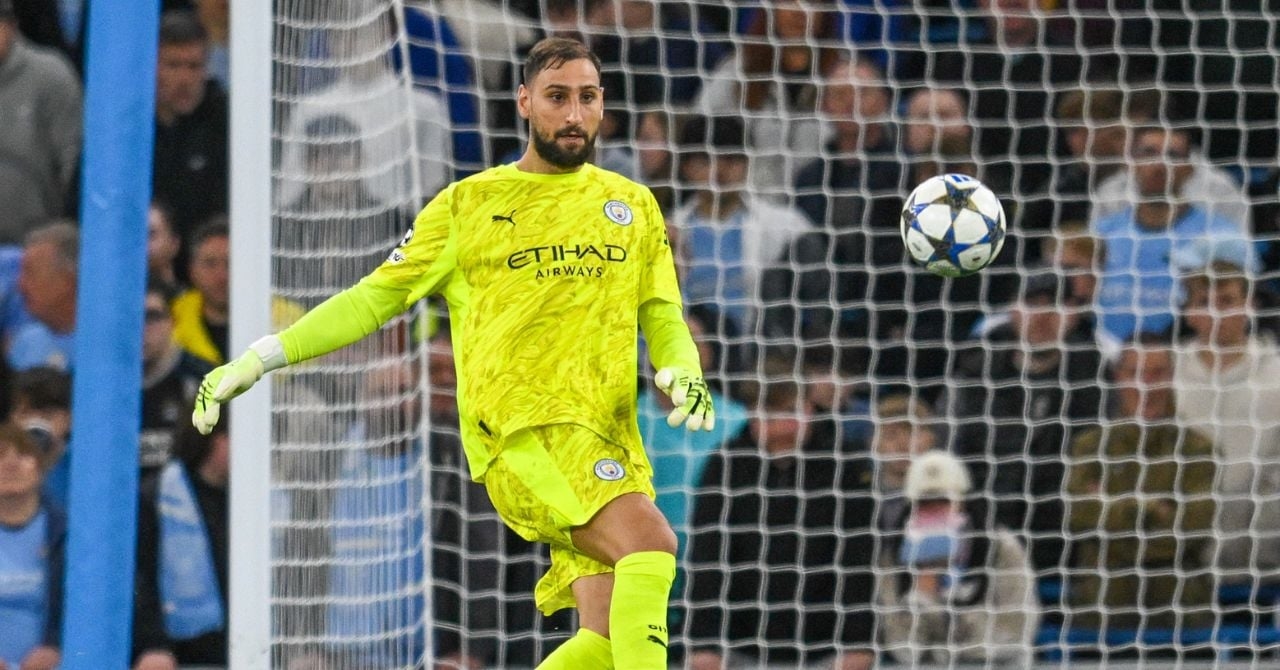
Manchester City’s evolution with Donnarumma also has long-term implications for squad management. The club no longer needs to prioritize goalkeepers primarily for their ability to distribute the ball. Instead, they can focus on attributes like aerial command, reflex saves, and leadership from the back—qualities Donnarumma embodies fully. This adjustment potentially allows Guardiola to field a more specialized outfield squad, with defenders and midfielders optimized for pressing, counterattacking, or creative transitions rather than compensating for a goalkeeper’s limitations.
For fans, Donnarumma’s performances represent reassurance during a period of strategic transition. Premier League matches are increasingly physical and tactically sophisticated, and the margin for error is slim. City’s ability to maintain clean sheets and secure points in high-stakes encounters now heavily relies on Donnarumma’s consistent brilliance. His presence allows Guardiola to experiment with different formations, pressing patterns, and tactical adjustments mid-game, confident that the defensive base remains secure.
Critically, Donnarumma’s influence extends beyond defensive metrics. By handling crosses decisively, cutting off angles for strikers, and reading the game instinctively, he indirectly elevates City’s offensive efficiency. When defenders are less preoccupied with aerial threats, they can engage more confidently in ball progression and build-up play. Midfielders, too, gain additional freedom to press and distribute, knowing that Donnarumma is effectively managing the risk behind them. This interconnected effect enhances the team’s overall tactical fluidity, a hallmark of Guardiola’s coaching ethos.
In historical terms, this represents a departure for Manchester City. For years, the club’s identity was inseparable from ball retention and positional dominance. Now, with Donnarumma safeguarding the goal, City has the latitude to embrace a hybrid style: retaining moments of possession dominance while selectively exploiting counterattacks, long balls, and defensive resilience. The result is a more balanced, versatile, and, arguably, pragmatic team capable of thriving against varied opposition styles in the Premier League and Europe.
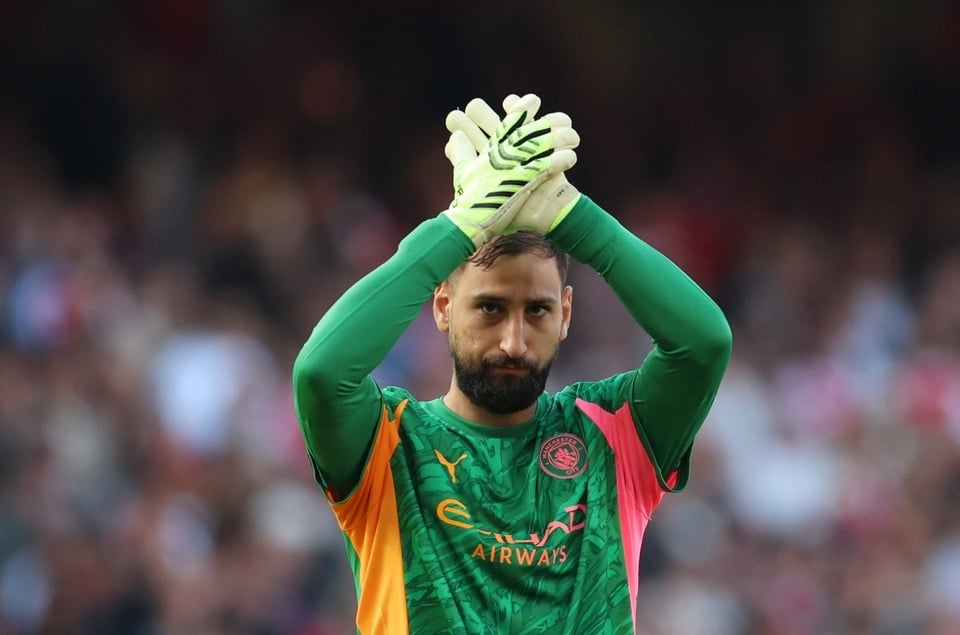
Despite the draw, the narrative emerging from the Emirates is one of optimism and evolution. Donnarumma is more than a goalkeeper; he is the embodiment of City’s new era under Guardiola. His presence signals a philosophical shift where effectiveness, adaptability, and defensive reliability complement the team’s renowned attacking creativity. Guardiola’s gamble on prioritizing a goalkeeper like Donnarumma, initially controversial, now looks visionary.
Looking ahead, Manchester City can approach the remainder of the season with greater tactical flexibility. They can balance pressing and counterattacking strategies, secure in the knowledge that Donnarumma is capable of extraordinary interventions. High-stakes matches against fellow Premier League contenders or Champions League rivals will likely test this approach further, but the initial evidence is compelling: Donnarumma has provided a foundation upon which Guardiola can construct a more resilient, adaptive, and strategically versatile team.
In conclusion, the 1-1 draw against Arsenal at the Emirates does more than record a point—it highlights a pivotal turning point in Manchester City’s tactical evolution. Gianluigi Donnarumma has emerged as a new icon, offering not just defensive security but also strategic freedom. Pep Guardiola’s team is no longer solely defined by possession statistics; it is defined by adaptability, calculated pragmatism, and a renewed sense of resilience. Donnarumma’s performances are a statement that Manchester City is entering a new era: one in which the team values efficiency, solidity, and results alongside the artistry that has historically characterized Guardiola’s sides.
With Donnarumma as a central figure, Manchester City may redefine what it means to compete at the highest level in the Premier League. His presence enables a new balance between defense and attack, risk and reward, control and pragmatism. In a footballing landscape that increasingly prizes adaptability, Donnarumma is the linchpin of Manchester City’s next chapter, ensuring that the club remains a formidable force both domestically and in Europe.
For fans and pundits alike, the message is clear: Manchester City’s story is evolving, and Gianluigi Donnarumma is at its heart. The goalkeeper is no longer just a participant; he is a symbol of change, a new point of stability, and an embodiment of Guardiola’s daring tactical redefinition. His performances against Arsenal are likely the first of many that will define a new, more resilient Manchester City—one where results, security, and tactical pragmatism sit at the core of a team still capable of dazzling brilliance.

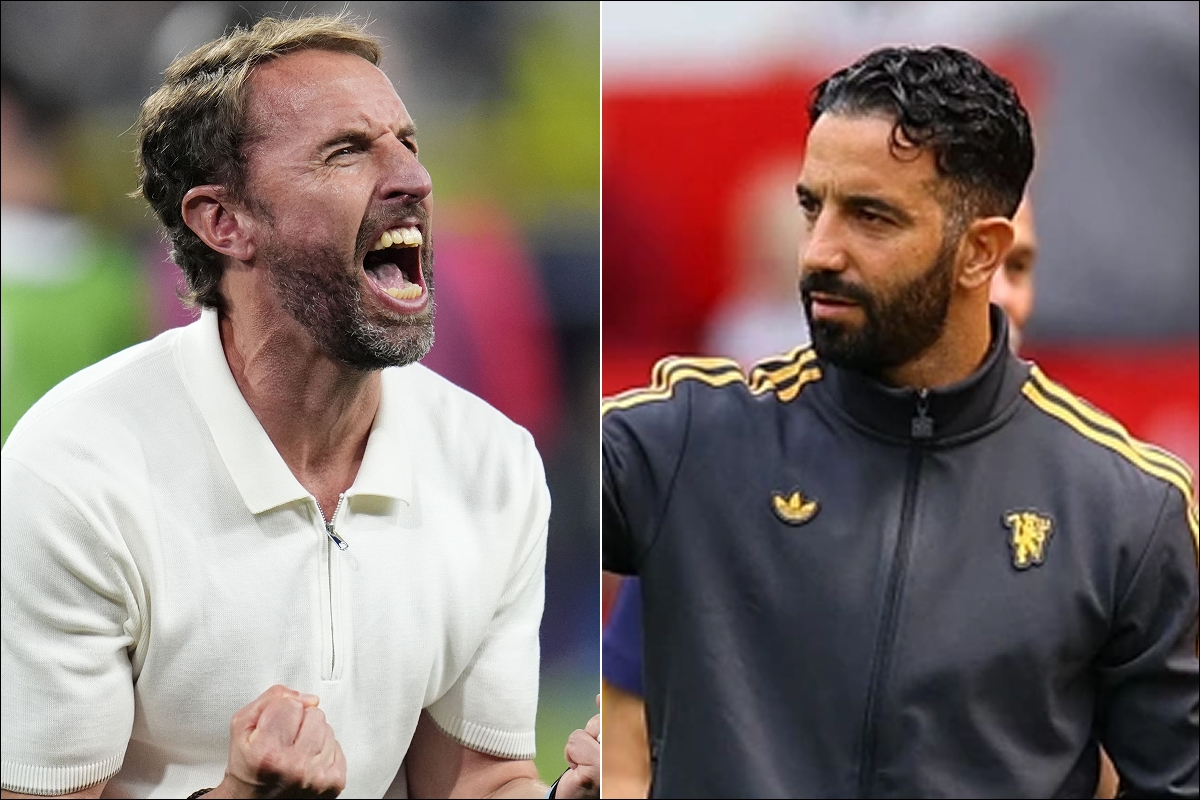

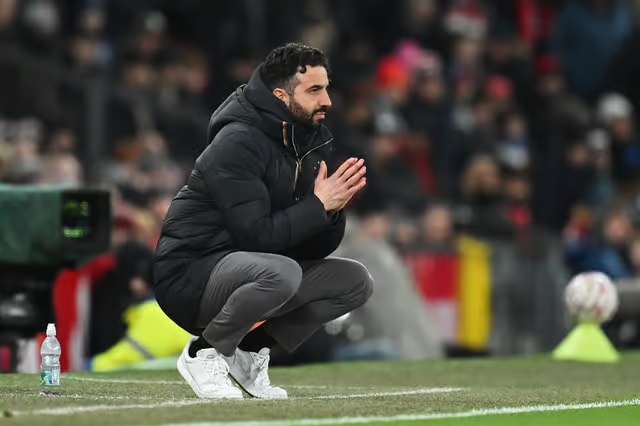
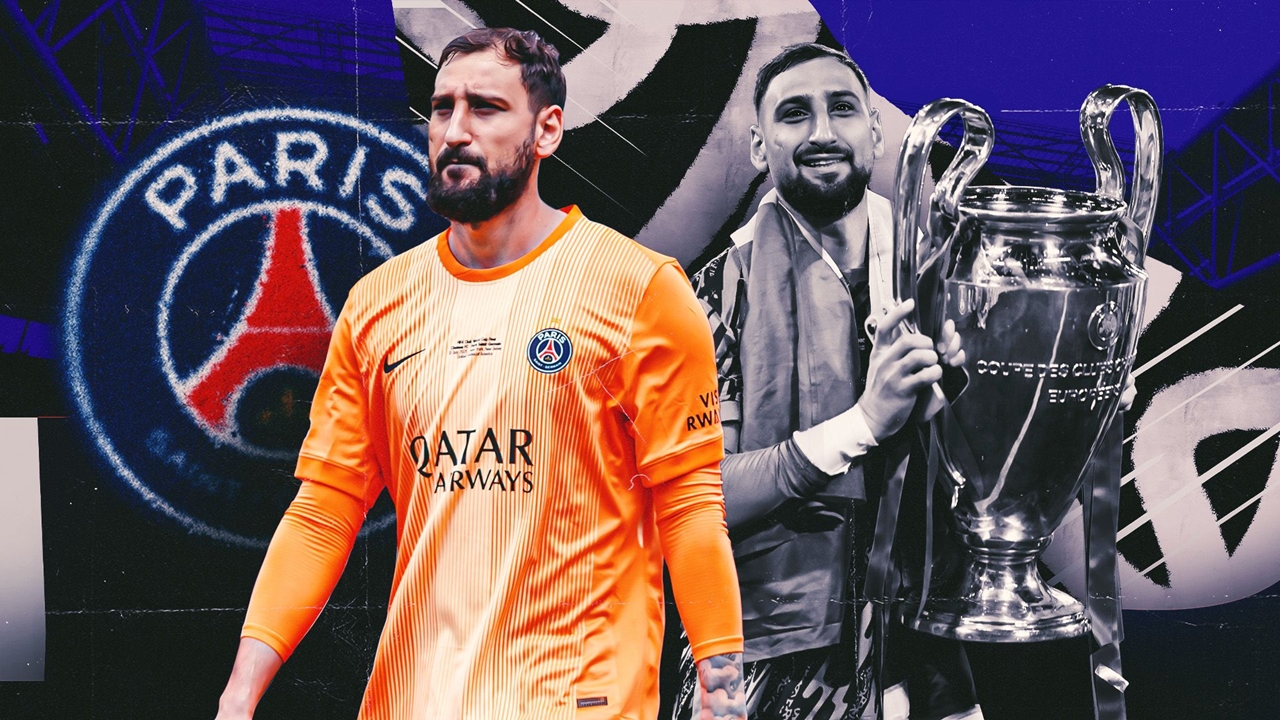
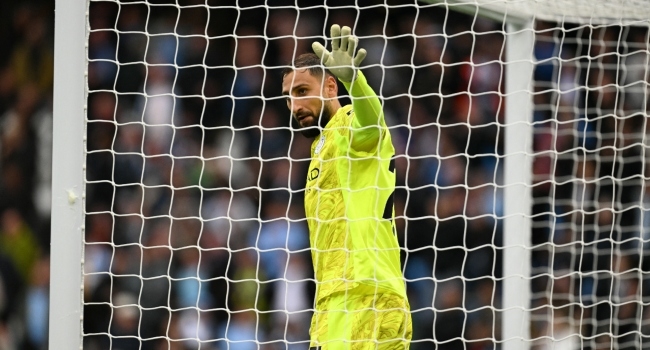
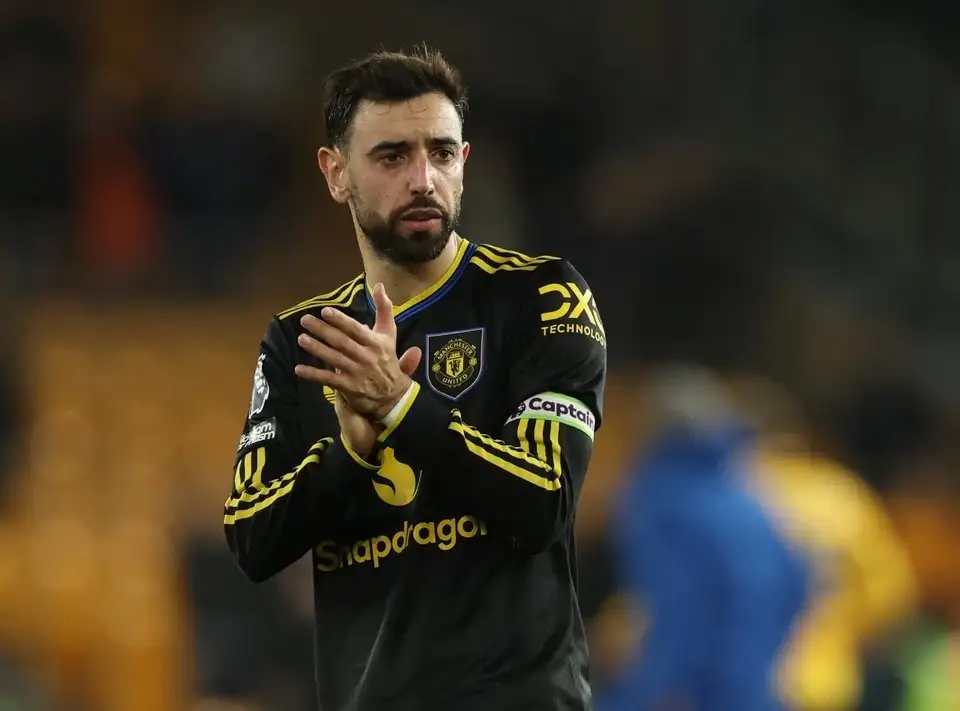
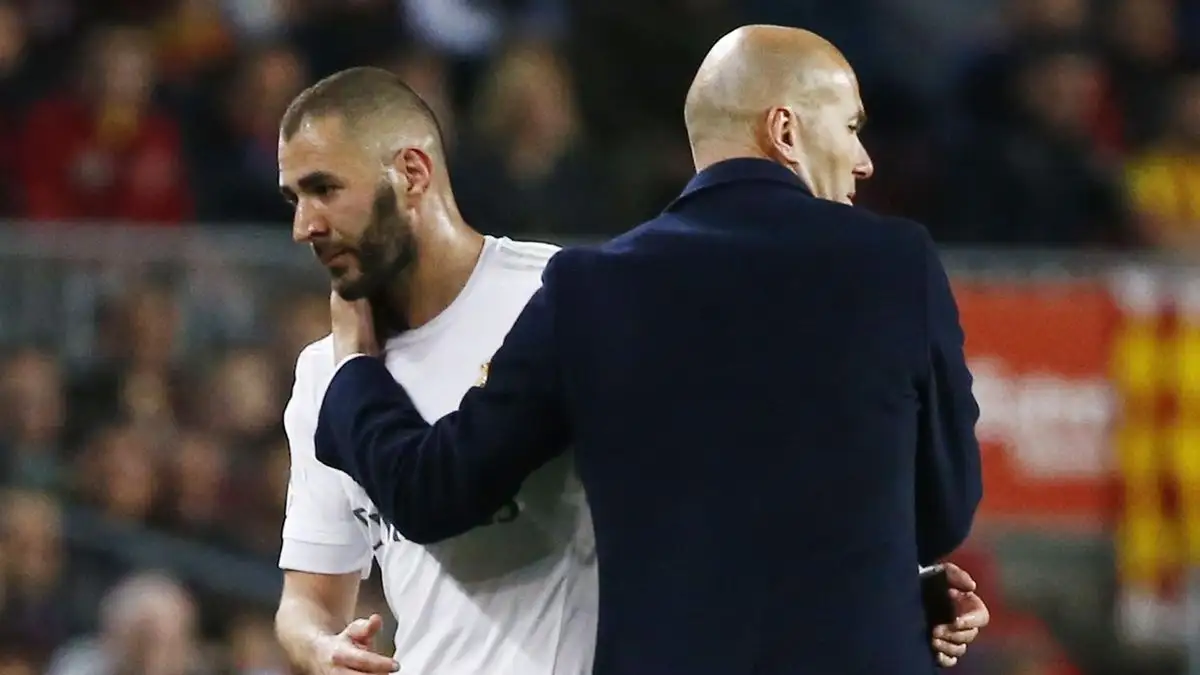
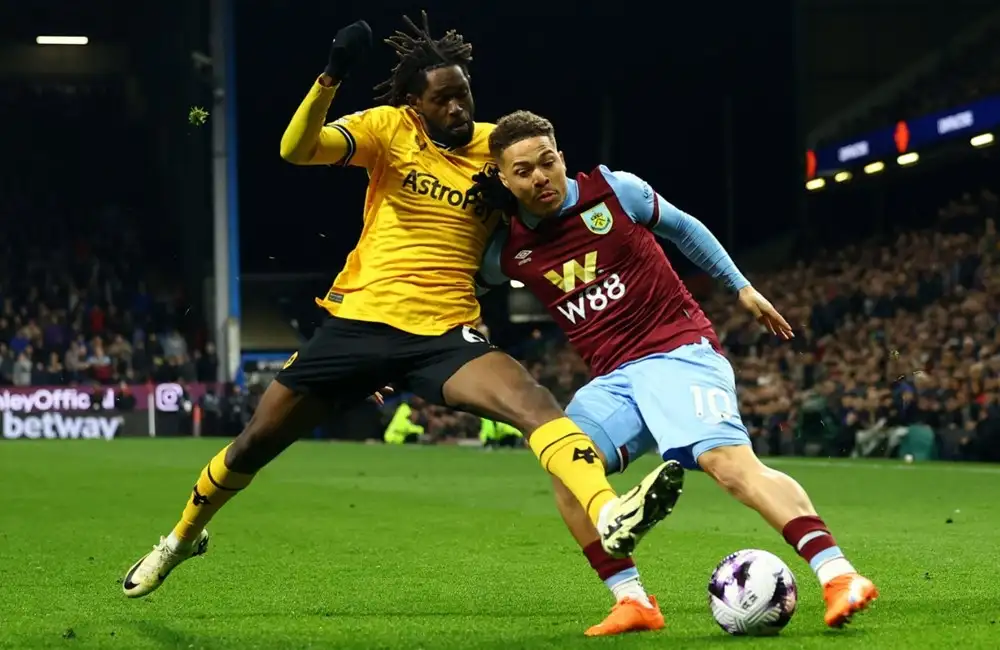
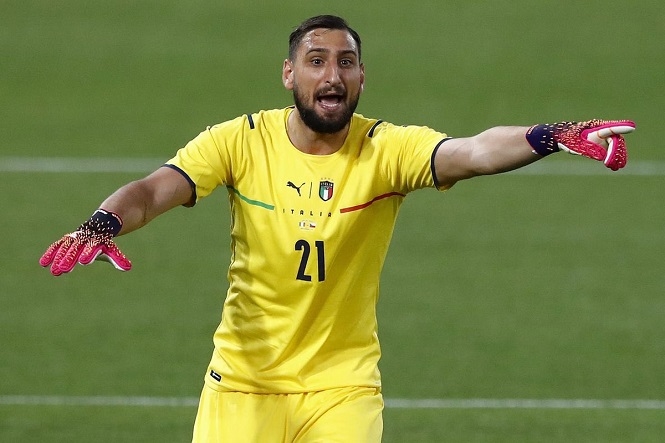
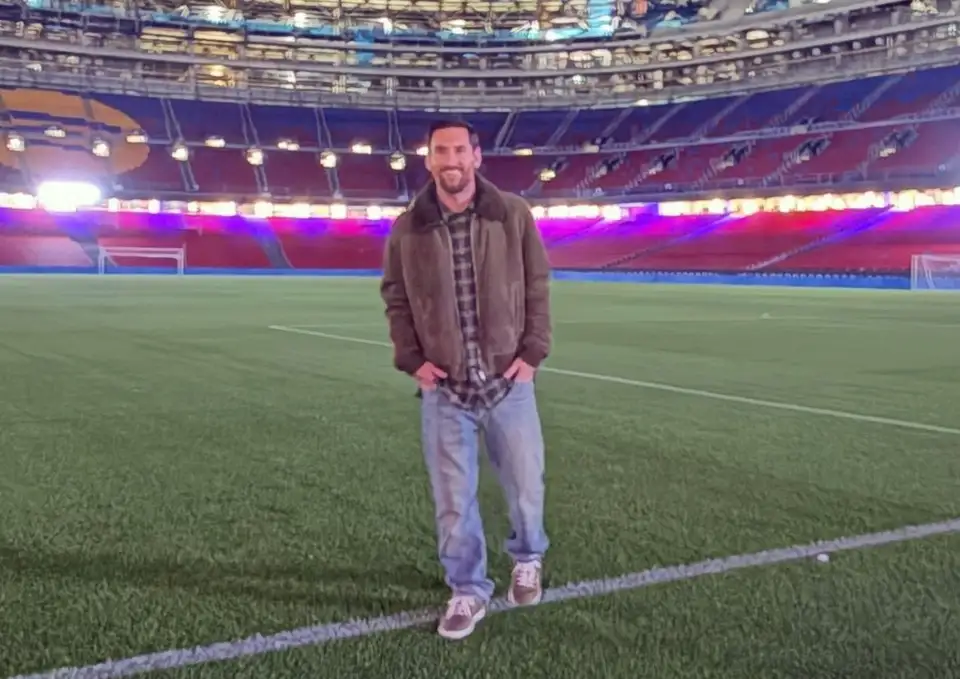


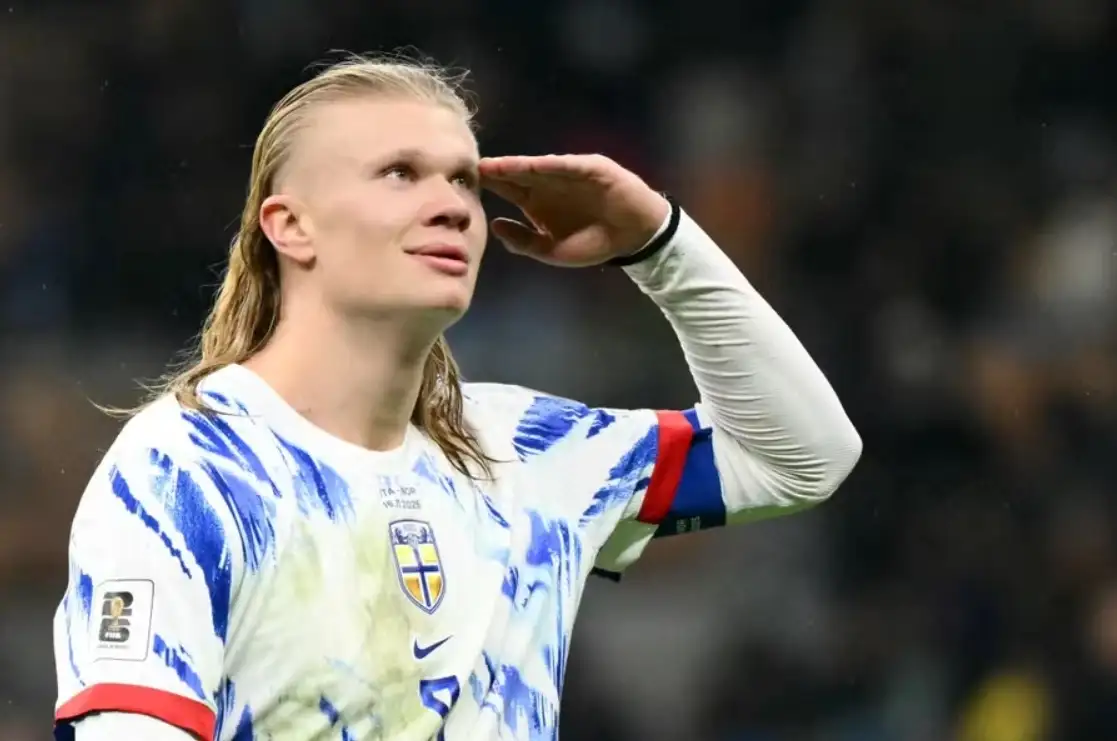

Leave a Reply